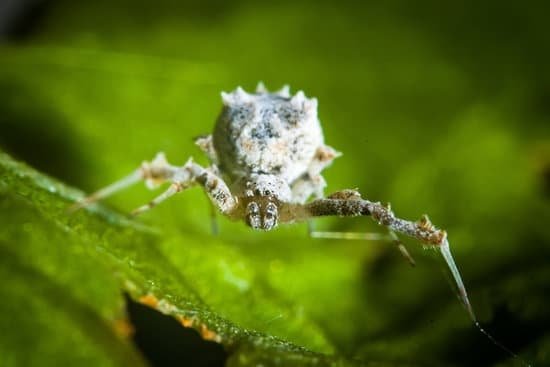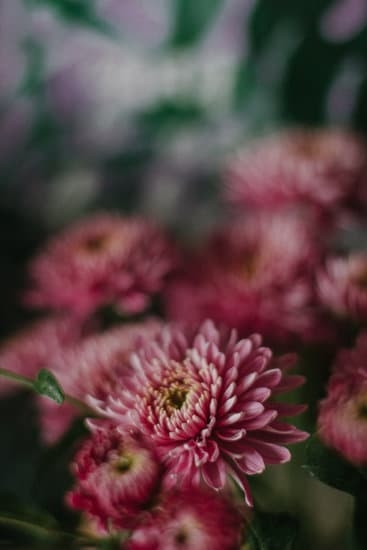Home Gardening Tip
#1:
Start with a Plan
Before you start planting in your garden, take some time to plan out what you want to grow. This will help you to figure out how much space you need, what type of soil you will need, and what type of plants will be the best fit for your garden. If you are not sure where to start, you can find plenty of gardening tips and ideas online or in gardening books.
Home Gardening Tip #2:
Choose the Right Plants
Not all plants are created equal, and not all plants will grow well in every garden. When choosing plants for your garden, be sure to select plants that are suited to your climate and soil type. You also want to choose plants that will be easy to care for and that will fit in with your overall design plan.
Home Gardening Tip #3:
Prepare the Soil
Before you can plant anything in your garden, you need to prepare the soil. This can be done with a garden tiller, or you can do it by hand using a shovel and a rake. Be sure to break up the soil and remove any rocks or other debris. You may also want to add some organic matter to the soil to help improve its quality.
Home Gardening Tip #4:
Water the Plants
One of the most important things you can do to keep your plants healthy is to water them regularly. How much water your plants need will depend on the type of plants you are growing, the climate, and the type of soil. Be sure to water your plants early in the morning or late in the evening, so the water can soak in and not evaporate in the sun.
Home Gardening Tip #5:
Fertilize the Plants
Your plants will also need to be fertilized on a regular basis. You can do this by using a garden fertilizer, or you can use compost or manure. Be sure to follow the instructions on the fertilizer package, and fertilize your plants at least once a month.
Kerala Home Gardening Tips
1. Choose the right plants: Not all plants are suited for Kerala’s climate. Some plants will thrive in the hot, humid climate, while others will prefer the cooler, drier conditions. Be sure to choose plants that are suited to your climate and soil conditions.
2. Amend your soil: Amend your soil with organic matter to improve its texture and drainage. Add compost, well-rotted manure, or other organic matter to the soil to improve its ability to hold water and nutrients.
3. Plant in the right location: Plant your plants in a location that receives full sun or partial sun. Plants that receive full sun will typically have a higher yield than those that receive partial sun.
4. Water regularly: Water your plants regularly, especially during the hot, humid summer months. Be sure to water the plants at the base, and not on the leaves, to prevent the leaves from becoming wet and wilted.
5. Fertilize regularly: Fertilize your plants regularly with a balanced fertilizer to help them grow healthy and strong. Fertilize plants twice a month during the growing season.
6. Mulch: Mulch your plants with organic matter to help keep the soil moist and to suppress weed growth. Mulch also helps to improve the soil’s fertility and structure.
7. Prune regularly: Prune your plants regularly to promote healthy growth and to keep the plants under control. Prune plants when they are young to encourage them to grow into a desired shape.
8. Protect from pests and diseases: Protect your plants from pests and diseases by using organic or synthetic pesticides. Be sure to read the label of any pesticide before using it to ensure that it is safe to use around plants.
Cyclamen Growing Tips Better Homes And Gardens
Cyclamen is a genus of 23 species of perennial flowering plants in the family Primulaceae. Cyclamen are native to Europe and the Mediterranean region.
Cyclamen are grown for their showy flowers, which appear in the fall and winter. Flowers come in a range of colors, including pink, red, white, and purple.
Cyclamen are easy to grow, but they do require some care. Here are some tips for growing cyclamen:
-Choose a location with bright, but indirect light.
-Cyclamen do not like wet feet, so make sure the soil is well-drained.
-Feed cyclamen every two weeks with a balanced fertilizer.
-Water cyclamen regularly, but be careful not to overwater.
-Keep cyclamen cool in the winter, but protect them from freezing temperatures.
Better Homes And Gardens Garden Tips
:
1. Amend your soil. Adding organic matter, such as compost, to your soil will improve the soil’s structure, drainage, and fertility.
2. Choose the right plants for your site. Match plants to the right site conditions for optimum growth.
3. Prune plants properly. Pruning plants correctly will help them grow in a healthy and attractive manner.
4. Water plants properly. Watering plants properly will help them grow healthy and strong.
5. Weed your garden regularly. Weeding your garden regularly will help keep your plants healthy and looking their best.
Home Indoor Gardening Tips
Creating a garden indoors can be a fun, rewarding, and therapeutic experience, no matter what the season. Whether you are a novice or experienced gardener, the following tips can help you create a successful indoor garden.
Select the right plants. Not all plants are suited for indoor gardening. Be sure to select plants that are suited for the conditions in your home, such as light and temperature.
Not all plants are suited for indoor gardening. Be sure to select plants that are suited for the conditions in your home, such as light and temperature. Choose the right container. The size and type of container you choose for your plants is important. Make sure the pot has drainage holes, and use a good quality potting mix.
The size and type of container you choose for your plants is important. Make sure the pot has drainage holes, and use a good quality potting mix. Provide adequate light. Most plants need bright light to thrive indoors. If your home does not have a lot of natural light, consider using a grow light.
Most plants need bright light to thrive indoors. If your home does not have a lot of natural light, consider using a grow light. Control the temperature. Most plants need a temperature range of 60-80 degrees F to grow properly. If your home is too cold or too hot, you can use a heat lamp or cold frame to create the right environment.
Most plants need a temperature range of 60-80 degrees F to grow properly. If your home is too cold or too hot, you can use a heat lamp or cold frame to create the right environment. Water regularly. Be sure to water your plants regularly, but don’t overwater them. Check the soil moisture level before watering and don’t water again until the soil is dry to the touch.
Be sure to water your plants regularly, but don’t overwater them. Check the soil moisture level before watering and don’t water again until the soil is dry to the touch. Fertilize as needed. Most plants need fertilization once or twice a month. Use a balanced fertilizer or organic matter like compost to fertilize your plants.
Most plants need fertilization once or twice a month. Use a balanced fertilizer or organic matter like compost to fertilize your plants. Prune as needed. Pruning your plants helps them grow healthy and strong. Prune regularly to remove dead or damaged leaves and stems.
Indoor gardening can be a fun and rewarding experience, no matter what the season. By following the tips above, you can create a successful indoor garden.

Welcome to my gardening blog! I am passionate about plants and enjoy sharing my knowledge and experiences with others. In this blog, I will write about everything related to gardening, from tips on how to get started to updates on my own garden projects.





